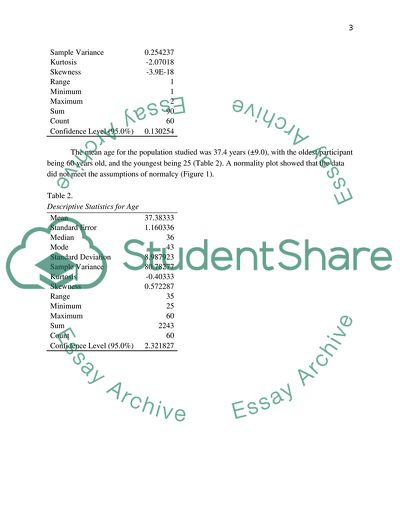Cite this document
(The Results of the Training Program of the Retail Company Statistics Project Example | Topics and Well Written Essays - 1750 words, n.d.)
The Results of the Training Program of the Retail Company Statistics Project Example | Topics and Well Written Essays - 1750 words. https://studentshare.org/statistics/1777641-project-3
The Results of the Training Program of the Retail Company Statistics Project Example | Topics and Well Written Essays - 1750 words. https://studentshare.org/statistics/1777641-project-3
(The Results of the Training Program of the Retail Company Statistics Project Example | Topics and Well Written Essays - 1750 Words)
The Results of the Training Program of the Retail Company Statistics Project Example | Topics and Well Written Essays - 1750 Words. https://studentshare.org/statistics/1777641-project-3.
The Results of the Training Program of the Retail Company Statistics Project Example | Topics and Well Written Essays - 1750 Words. https://studentshare.org/statistics/1777641-project-3.
“The Results of the Training Program of the Retail Company Statistics Project Example | Topics and Well Written Essays - 1750 Words”. https://studentshare.org/statistics/1777641-project-3.


